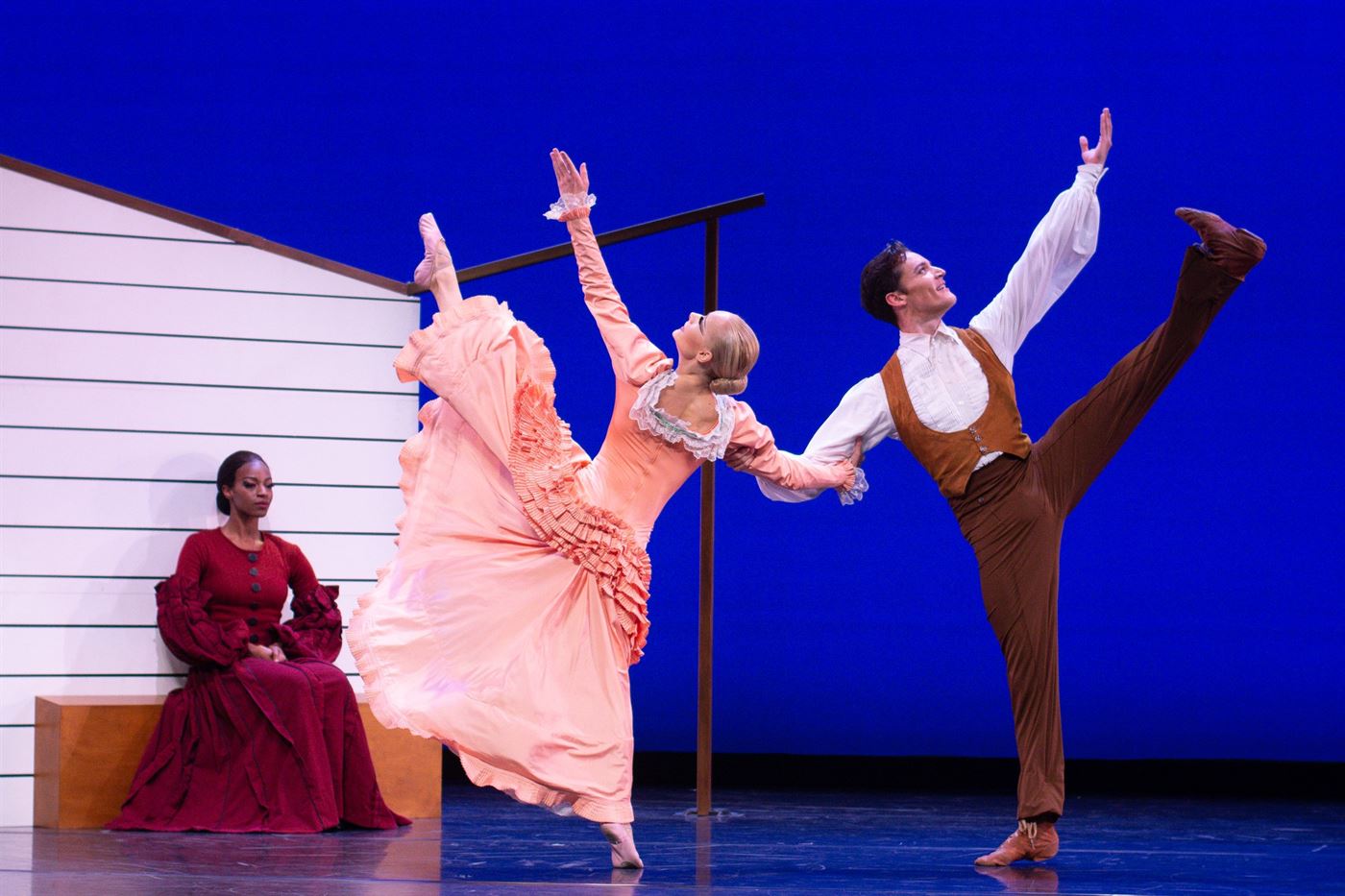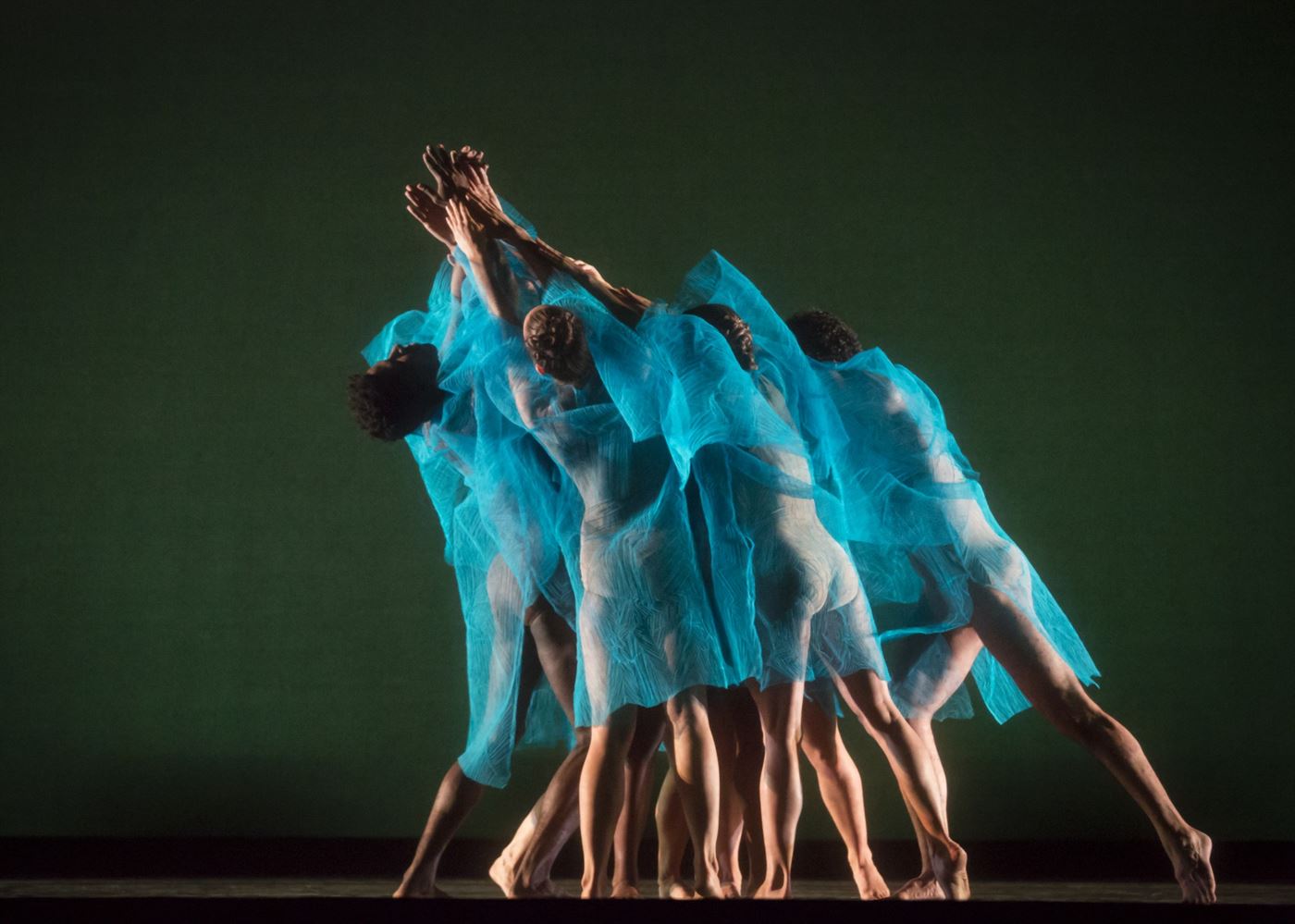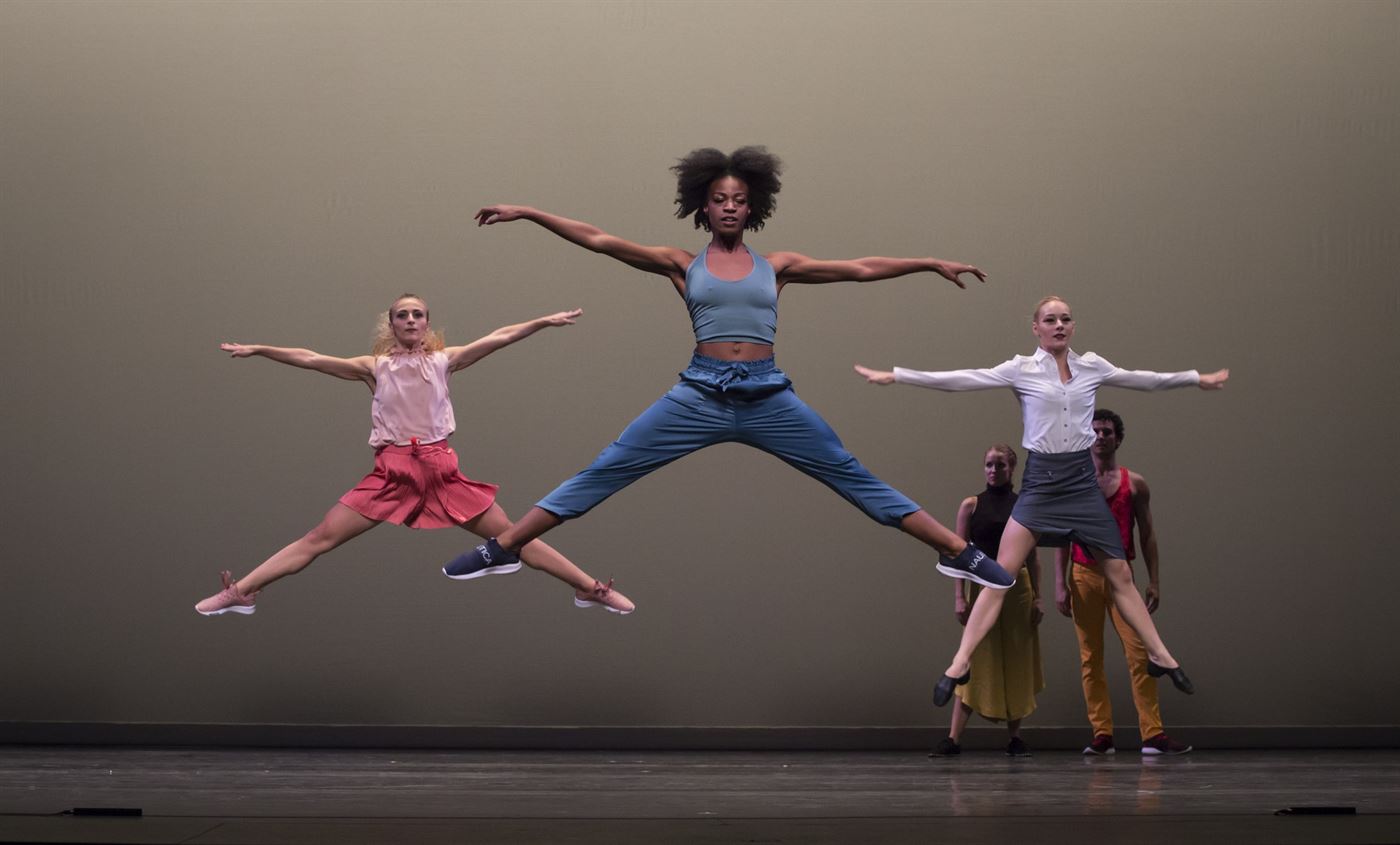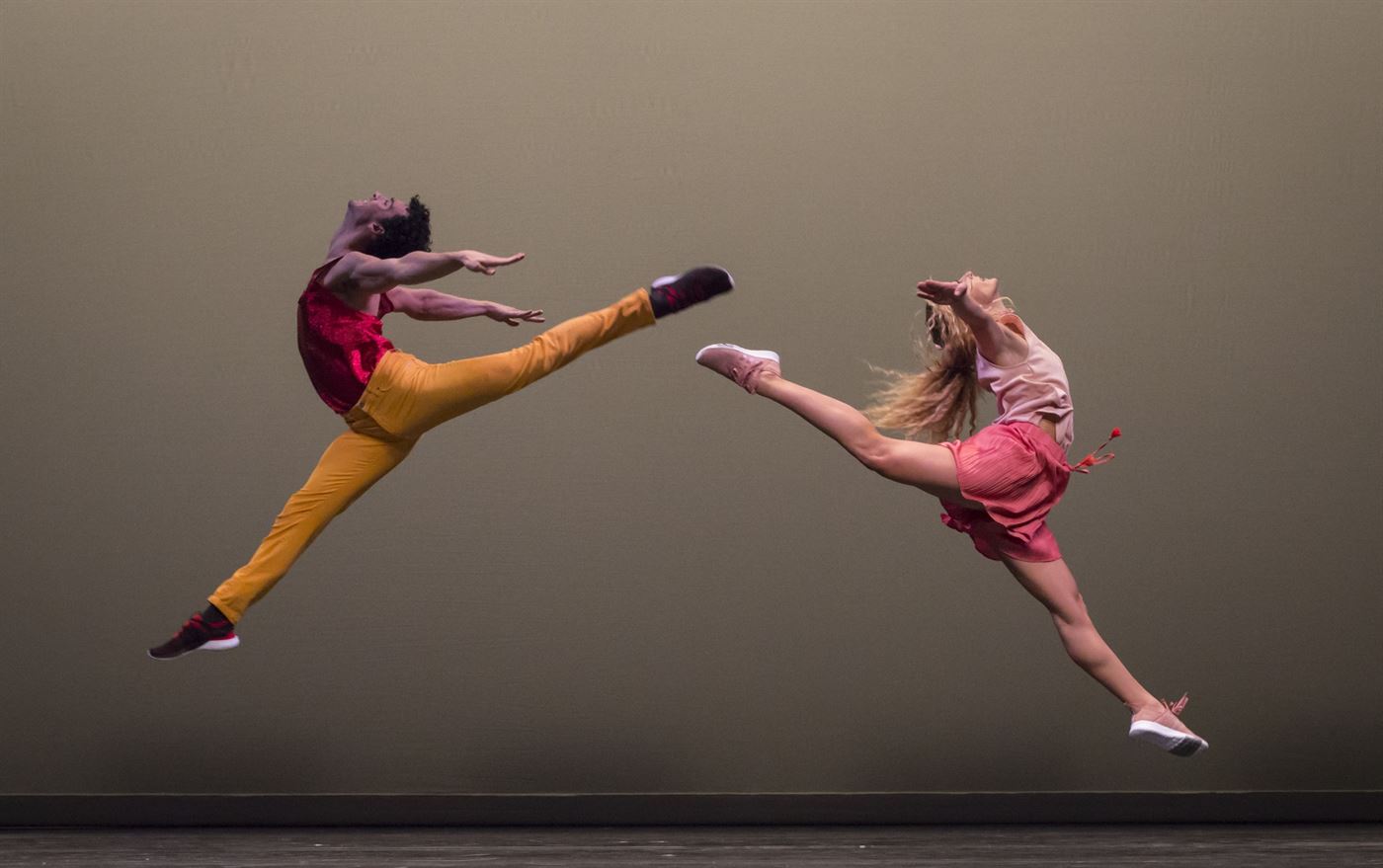It was hard not to feel the rich history that filled Alexander Kasser Theatre on the evening of Nov. 14. It was a night that celebrated the 75th anniversary of Martha Graham’s, “Appalachian Spring,” a PEAK Performance debut, and Troy Schumacher’s, “The Auditions,” a PEAK Performance world premiere performed by the Martha Graham Dance Company. The performances ran from Nov. 14 to Nov. 17.
The evening began with a short film commemorating the Office of Arts and Cultural Programming (ACP) at Montclair State University. Established in 2004, it is inextricably tied to Alexander Kasser Theatre’s PEAK Performance existence of 15 years.
Jedediah Wheeler, executive director of ACP, announced in his opening remarks that the performance would be nationally transmitted through the use of two human-controlled cameras and six optic fiber robotic cameras within the theatre. Wheeler commented on the use of these cameras.
“No other theatre has the capacity to do what is being done here,” Wheeler said.
Shortly after the opening remarks, the lights dimmed and the International Contemporary Ensemble (ICE) began to play Copeland’s score. The curtain was shortly raised after.
The audience was instantly exposed to Isamu Noguchi’s minimalist set design. The set represents the building of a home for a newlywed couple, where no single set piece is fully formed. Instead, Noguchi’s design allows for the audience to imagine a realm of possibilities for the dancers on stage. As the audience witnessed Graham’s choreography, it became evident that Noguchi’s angular set design combined with the dancers’ rigid movements and poses were a perfect match.

The Martha Graham Dance Company performed “Appalachian Spring”, celebrating its 75th anniversary at Alexander Kasser Theatre.
Photo courtesy of Grace Kathryn Landefeld
The choreography of “Appalachian Spring” was intricate and playful. Dancers at times would clap their hand against their thigh while leaping into the air, which provided additional sound into Copeland’s score. At other times the dancers would make a diamond-like shape with their hands, while bringing their hands together into a silent clap motion, as if to pray, where only their fingertips and wrists would meet.
“Appalachian Spring” proved to be an athletic feat. The character noted as the husband, who in the beginning of the performance came out looking dapper and well-kept, is by the end of the dance, shining with sweat and disheveled hair, a testimony not only to the dancer’s endurance and stamina, but to the hard work, dedication and hope of people eager for a promising future.
An intermission allowed for the dancers to prepare for “The Auditions,” a performance with music and choreography commissioned by PEAK Performances.

Karen Young’s costume design for “The Auditions” allowed for the dancers to have an added level of dimension.
Photo courtesy of Marina Levitskaya
“The Auditions” starts off with green lighting in the background while a dancer sustains an arabesque at center stage. Karen Young’s costume design was rapturing. A transparent cyan-like colored poncho allowed for an added level of dimension to the movement of the dancer, and dancers later on in the performance.
After a minute passed by, the curtain came down and was raised back up again. This time however, the audience was met with a bright-colored background and a heterogeneous mixture of costumes. The diversity in costume and movement bared resemblance to what one would see walking down any bustling street in a thriving city: fast-paced individuals with very unique characteristics.
In the midst of the performance, a brightly lit rope descended from the stage’s ceiling. The dancers gathered around the rope, but only those who dared grabbed a hold of this rope. As dancers came into contact with the rope, the lights began to flicker and the curtain came down.

The dancers leaped into the air during “The Auditions” where they each sported a unique costume before they transitioned into the same garment later on.
Photo courtesy of Office of Arts and Cultural Programming
With each curtain fall, both the audience and dancers were transported to two distinct settings within “The Auditions.” Thomas’ score changes from a bright and percussive sound to a more ominous one, as the remaining two dancers who dance to their highest ability, attempt to enter this otherworldly place. As dancers leave the bright and vibrant setting, their costume and movement become homogeneous, which is consequently the only glance audience members get into what differentiates these two worlds before the final curtain fall.
Schumacher’s work irresistibly invoked audience members to question what exactly is it that the dancers are striving towards in “The Auditions.”
What resonates from both performances to me is the beauty that arises when dance and music are made for each other. It occurred to me that if any of the choreographies had been performed under different music, they would lose a sense of each performance’s purpose. Both collaborations are a true testament of the synergy that transpires in the arts. and are most inspiring because they are able to be witnessed at the Alexander Kasser Theatre.



